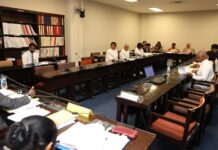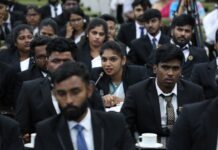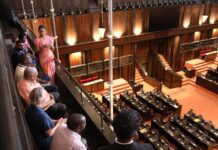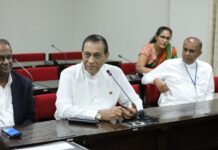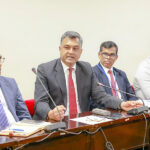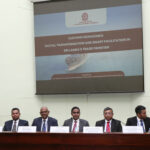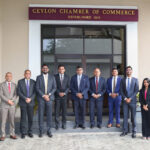As a sovereign nation, Sri Lanka celebrates its 73rd Independence Day today, February 4. The main ceremony to mark the historic occasion will be held at Independence Square in Colombo under the patronage of President of President Gotabaya Rajapaksa, Prime Minister Mahinda Rajapaksa, Cabinet Ministers, State Ministers, Members of Parliament, foreign diplomats and senior government officials.
The President will hoist the national flag and later deliver a televised speech to the nation.
In addition, a series of commemorative programmes and religious events, have also been organized across the country as part of the celebrations.
All those who paid the supreme sacrifice on behalf of their motherland will be remembered and honoured during the Independence Day commemoration.
This is the first time since independence from British rule in 1948 that public participation in related ceremonies will be on a low key due to the surging Covid-19 pandemic.
However, people can, in their own way, keep the spirit of independence alive by hoisting national flags outside their homes, as is customarily done not only by individuals but by the private and public sector institutions as well.
After the devastating war ended in 2009 under the leadership of the then President Mahinda Rajapaksa, Sri Lankans from Dondra Head in the South to Point Pedro in the North were able to stand united as one nation.
It was after 450 years of colonial rule, under three of Europe’s maritime and military powers that Ceylon gained her independence from Great Britain in 1948.
One week after winning independence, the Independence Hall in Colombo 7, was transformed into a Kandyan audience hall of yore as a setting for the crowning ceremony, the State opening of the first Parliament of Independent Ceylon by the Duke of Gloucester, brother and representative of King George VI.
The ceremonially uniformed Duke and the bejewelled Duchess were more than a symbol of British monarchy at the celebration.
Sir Henry Monk Mason was sworn in as the first Governor-General of the Dominion of Ceylon during that historic colourful ceremony. The oath was administered by the Chief Justice, Sir John Howard. For the first time, the Lion Flag flew alongside the Union Jack on Parliament, and over Temple Trees, a huge Lion Flag, was unfurled.
Independence celebrations were held across the country. An exhibition of historical seals and maps was also organized to signify the aspect of cultural independence.
The day’s events culminated with a glittering reception and a fireworks display later in the evening.
Prime Minister, D. S. Senanayake, in his speech to the nation, observed, “We believe in life and brotherhood and justice for all. Freedom of speech and freedom of religious worship are integral features of our way of life. Without them, we cannot be a true democracy”.
- S. Senanayake, D. B. Jayatilleke, Sir Ponnambalam Ramanathan, Sir Arunachalam and W. A. de Silva were the pioneers who paved the way for Sri Lanka’s independence. In addition to these giants who have gone down in history, there were a host of others who worked silently, behind the scenes, to free the country from colonial shackles.
- R. Wijewardene, the founder of Lake House, played a pivotal role in bringing some of the independence fighters to the forefront. This gave birth to the struggle for independence.





